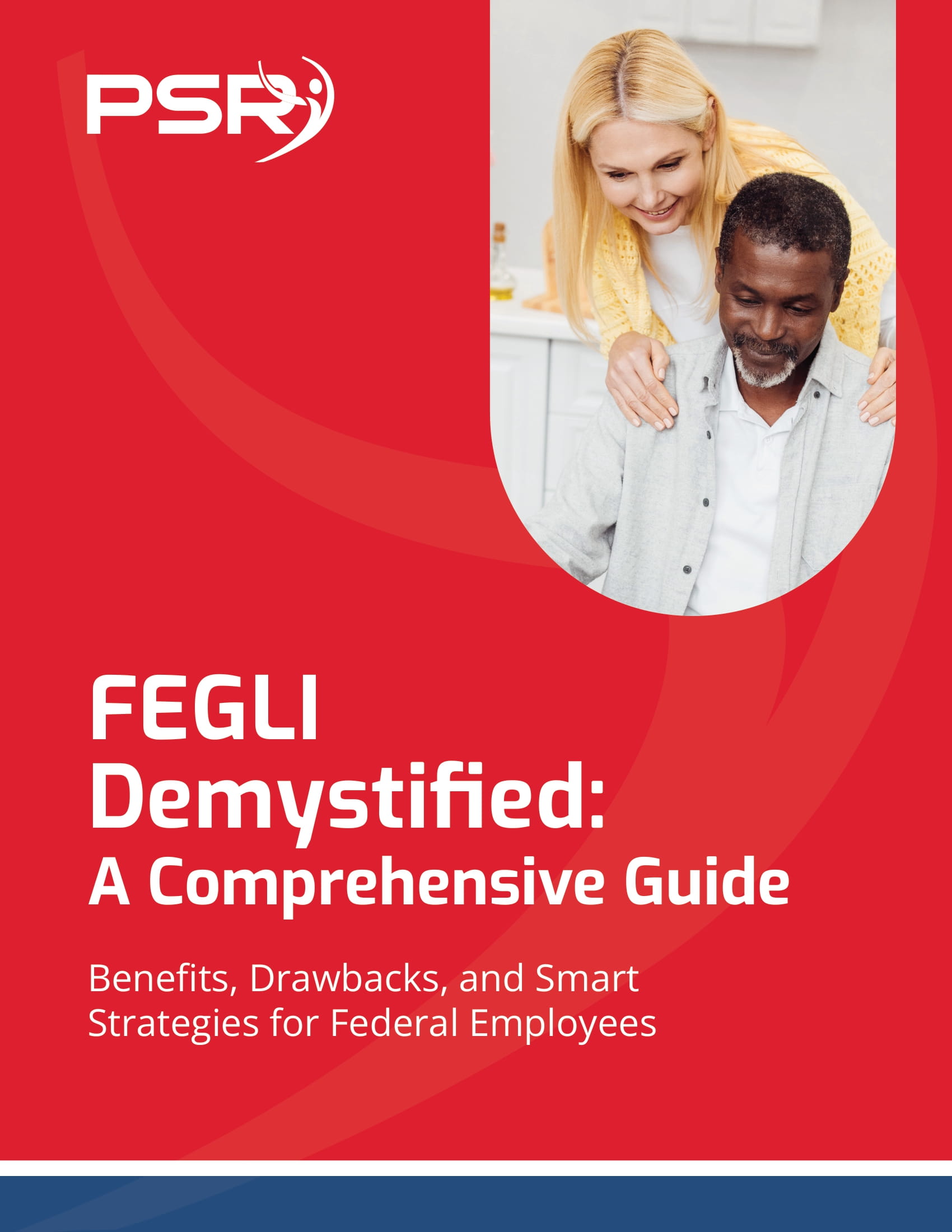Key Takeaways
- FEGLI premiums rise significantly as you age, forcing retirees to evaluate their coverage options carefully.
- Understanding how to adjust your FEGLI policy and balance other benefits can save you money and maintain essential coverage.
Why Your FEGLI Coverage Feels More Expensive Every Year
- Also Read: FAA, Law Enforcement, and Special Federal Employee Categories—Here’s What Makes Their Retirement Unique
- Also Read: Blending Private and Public Sector Retirement Plans Is Complicated—Here’s Where Couples Get It Wrong
- Also Read: The Silent Shift in Postal Service Retirement Benefits That Could Change Everything by 2026
Let’s break down what you need to know and how you can make informed choices about your FEGLI policy.
FEGLI Premium Hikes: What’s Driving the Increase?
FEGLI premiums are age-banded, which means your costs are tied directly to your age. As you hit specific milestones—such as age 50, 55, 60, and beyond—you’ll notice premium rates climbing steeply. The reasoning is straightforward: older individuals are considered higher risk, so insurance providers adjust accordingly.
For federal retirees, this often comes as a shock, especially if you were used to the lower premiums paid during your working years when the government subsidized part of the cost. Once you retire, you’re responsible for the full premium amount, and those age-based increases can add up quickly.
What Are Your Options as a Retiree?
When faced with rising premiums, you have a few options to consider. Understanding these choices can help you decide what works best for your financial situation and coverage needs.
1. Reduce Your Coverage
You can lower your FEGLI costs by reducing the amount of insurance you carry. For example, if you have the Basic Coverage and several multiples of Optional Coverage, dropping one or more of those options can significantly lower your premium.
2. Choose the 75% Reduction Option
For Basic Coverage, retirees have the option to reduce coverage after age 65. Under this option, the coverage decreases gradually by 2% per month until it reaches 25% of the original amount, at which point it becomes free for the rest of your life. While this reduces your premium costs, it also means you’ll need to assess whether the remaining coverage will meet your family’s needs.
3. Supplement with Other Insurance
Some retirees consider supplementing or replacing FEGLI with private insurance. While this could be a viable option for younger retirees, it’s worth noting that private plans often require medical underwriting, and coverage can be expensive if you’re older or have health conditions.
4. Drop Coverage Altogether
For some, the rising costs might make FEGLI unmanageable, leading to the decision to drop coverage altogether. However, this should only be done if you’re confident that other financial resources or insurance policies can provide adequate protection for your family.
The Cost of Keeping FEGLI: Is It Worth It?
Deciding whether to keep your FEGLI coverage requires a cost-benefit analysis. Here are a few things to consider when weighing your options:
- Current Needs: Do you still have dependents who rely on you financially? If so, keeping some level of coverage might be necessary.
- Retirement Income: Can your pension, Thrift Savings Plan (TSP), or Social Security benefits cover the loss of income for your family in the event of your passing?
- Health and Longevity: If you’re in good health and expect to live a long life, it might be worth keeping at least some coverage to manage future financial risks.
- Alternative Plans: Can you find comparable coverage elsewhere at a better rate? Compare your FEGLI premiums to other options, but remember that private plans may come with their own set of challenges.
Balancing FEGLI with Other Federal Benefits
FEGLI is just one piece of the puzzle when it comes to your overall retirement plan. To make the best decisions, you’ll need to evaluate how it fits with your other federal benefits.
Thrift Savings Plan (TSP)
Your TSP can serve as a financial cushion for your family in case of unexpected events. If you’ve saved diligently, you might decide that your TSP balance is sufficient to cover their needs, allowing you to scale back on FEGLI coverage.
Social Security Survivor Benefits
Social Security offers survivor benefits that can provide ongoing income for your spouse or dependents. Understanding how these benefits work can help you determine how much life insurance you really need.
Federal Employees Health Benefits (FEHB)
While FEGLI covers life insurance, FEHB offers comprehensive health coverage. If you’re considering reallocating funds away from FEGLI, ensure that you’re maintaining adequate healthcare coverage for yourself and your family.
Preparing for Future FEGLI Decisions
If you’re nearing retirement or already retired, it’s important to plan ahead for future FEGLI premium increases. Here’s how you can prepare:
1. Regularly Review Your Policy
Make it a habit to review your FEGLI coverage every few years. Evaluate whether your current level of coverage still aligns with your financial goals and family’s needs.
2. Budget for Premium Increases
Factor FEGLI premiums into your retirement budget. Knowing when age-based increases will occur can help you avoid surprises and adjust your spending as needed.
3. Seek Financial Advice
Consider consulting a financial advisor who specializes in federal benefits. They can provide personalized advice on how to balance FEGLI with your other retirement resources.
Why Some Federal Retirees Are Walking Away from FEGLI
For many federal retirees, the decision to reduce or drop FEGLI coverage comes down to cost. With premiums escalating and alternative options available, some retirees find that FEGLI no longer fits their needs.
However, this isn’t a one-size-fits-all decision. What works for one person may not work for another, and it’s crucial to consider your unique financial situation, health, and family responsibilities before making a change.
Keeping Your Coverage Flexible
One of the advantages of FEGLI is its flexibility. Unlike some private plans, FEGLI allows you to adjust your coverage as your circumstances change. This means you can keep a smaller amount of coverage to manage costs while still providing a financial safety net for your loved ones.
When to Reassess Your FEGLI Plan
There are specific times when it’s wise to reassess your FEGLI plan:
- When You Retire: Premium structures change once you leave federal service, so review your coverage before finalizing retirement.
- When You Reach Milestone Ages: Premium increases occur at set age intervals, so plan ahead for those changes.
- After Major Life Events: Changes such as marriage, divorce, or the death of a spouse may affect your life insurance needs.
Making the Most of Your Federal Benefits
FEGLI is just one part of a larger benefits package available to federal employees and retirees. By taking a comprehensive approach to your benefits—examining your FEHB, TSP, and Social Security—you can create a well-rounded plan that meets your needs without breaking your budget.
Are Rising FEGLI Premiums a Dealbreaker?
FEGLI’s rising premiums can feel frustrating, but they don’t have to be a dealbreaker. By understanding how the program works and exploring your options, you can make informed decisions that protect your financial future while keeping costs manageable.













